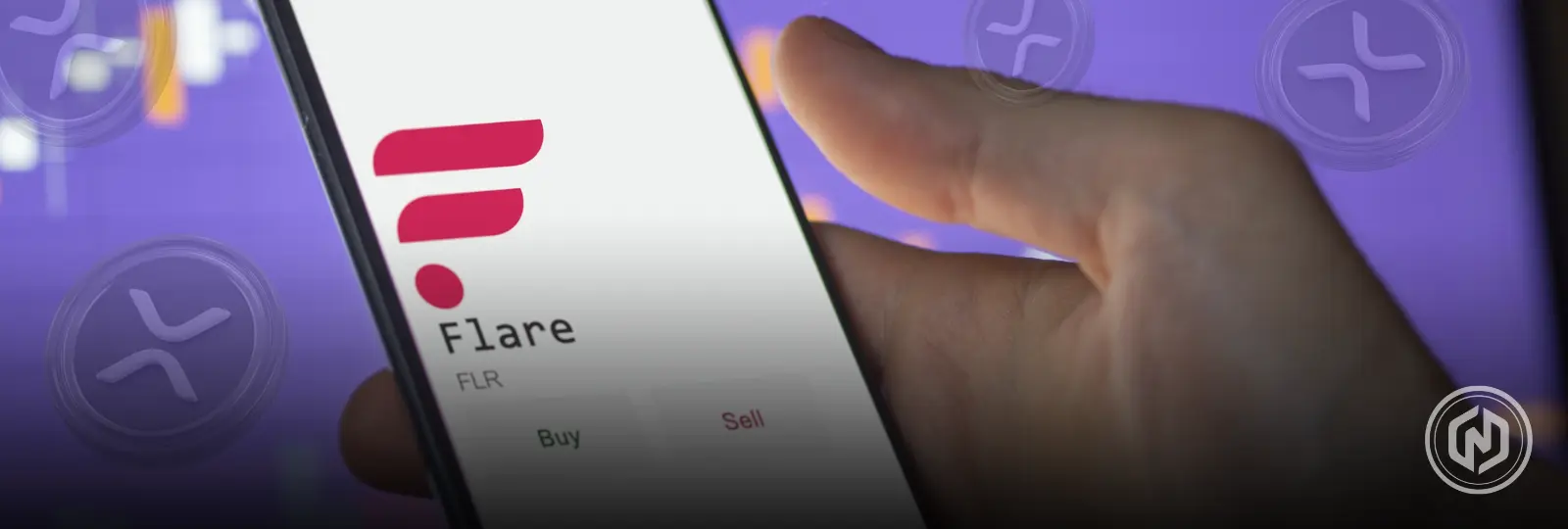Flare Network co-founder Hugo Philion recently appeared on the When Shift Happens podcast and shared new ideas for how XRP holders can get more from their tokens. He also talked about building tools and earning yield for assets like XRP in a secure, decentralized way.
Getting Exchanges Involved
Philion said one big challenge is getting exchanges to support new features or tokens connected to XRP in order to make value available to more people. Early on, only one exchange supported a token distribution tied to XRP. Then another joined, and soon, many exchanges including big ones like Coinbase realized they risked losing XRP deposits and customers if they didn’t participate. So they worked with Flare to support distribution. This shows the power of collective demand from what Philion calls the “XRP Army.”
He’s now turning his attention to bringing similar tools to other ecosystems that complement XRP. While Bitcoin is an obvious candidate, engineering work is harder, so lower-hanging fruits might be coins like Litecoin or Dogecoin. Philion imagines an ecosystem where XRP and other major assets are available in DeFi, traded together, staked, and used to produce yield especially in ways that are easy and safe for people who may not be very familiar with DeFi.
One of the biggest ideas he described is a product called Firelight, built with a partner named Centura, that lets XRP holders earn yield in a non-custodial and transparent way. That means you keep control of your tokens, you can see what’s going on, and you don’t have to worry about someone else having custody and taking risks. Firelight plans to start off with low-risk, “blue-chip” DeFi pools (ones that are well known and trusted), kind of like staking yields. After staking, you get a staked version of your XRP. If you want, you can use that staked XRP in other parts of the ecosystem or hand it off to a manager of your choice to try to get additional yield. So you first get yield on the base XRP, and then more yield on top of that if you use the staked version.
XRP price action
Meanwhile, XRP has dropped about 4.95% in one day, extending its week-long decline of 14%. Several things are pushing the price down:
- Technical levels broke: XRP fell through a key support zone around $2.33 (the 50% retracement level), which had been a floor for buyers. Once that floor broke, more selling followed.
- ETF delays: Many in the crypto community expected decisions on spot XRP ETFs between October 18-25, 2025. But because of the ongoing U.S. government shutdown, the SEC has limited staff and may delay or postpone approvals.
- Market risk-off mood: Fear is high in the broader crypto market. With regulatory uncertainty, the fear index is elevated, and many investors are pulling back from risky bets. Bitcoin is gaining dominance (partly because it’s seen as safer among crypto assets), which adds pressure on altcoins like XRP.
Why this Matters
What Philion is building could matter a lot if it works. Right now, XRP is mostly used for payments, speculation, or transfers. If tools like Firelight become successful, XRP holders could earn returns without having to sell their tokens or trust others to hold them.
Also, getting major exchanges on board is crucial. If exchanges don’t participate, only a few people will benefit; many XRP holders might be left out. Philion believes that broad support is necessary so that value-unlocking becomes accessible to all.
Final thought
What many should remember from Philion’s words is that work is underway to give XRP holders more options ways to earn yield, stay in control, and participate in decentralised systems without handing over custody. As these tools roll out, the ecosystem could see a shift where holding XRP isn’t just speculation, but also productive.
Also Read: BNB Chain Leads in Gas Fees While CZ Spotlights Ecosystem Growth



